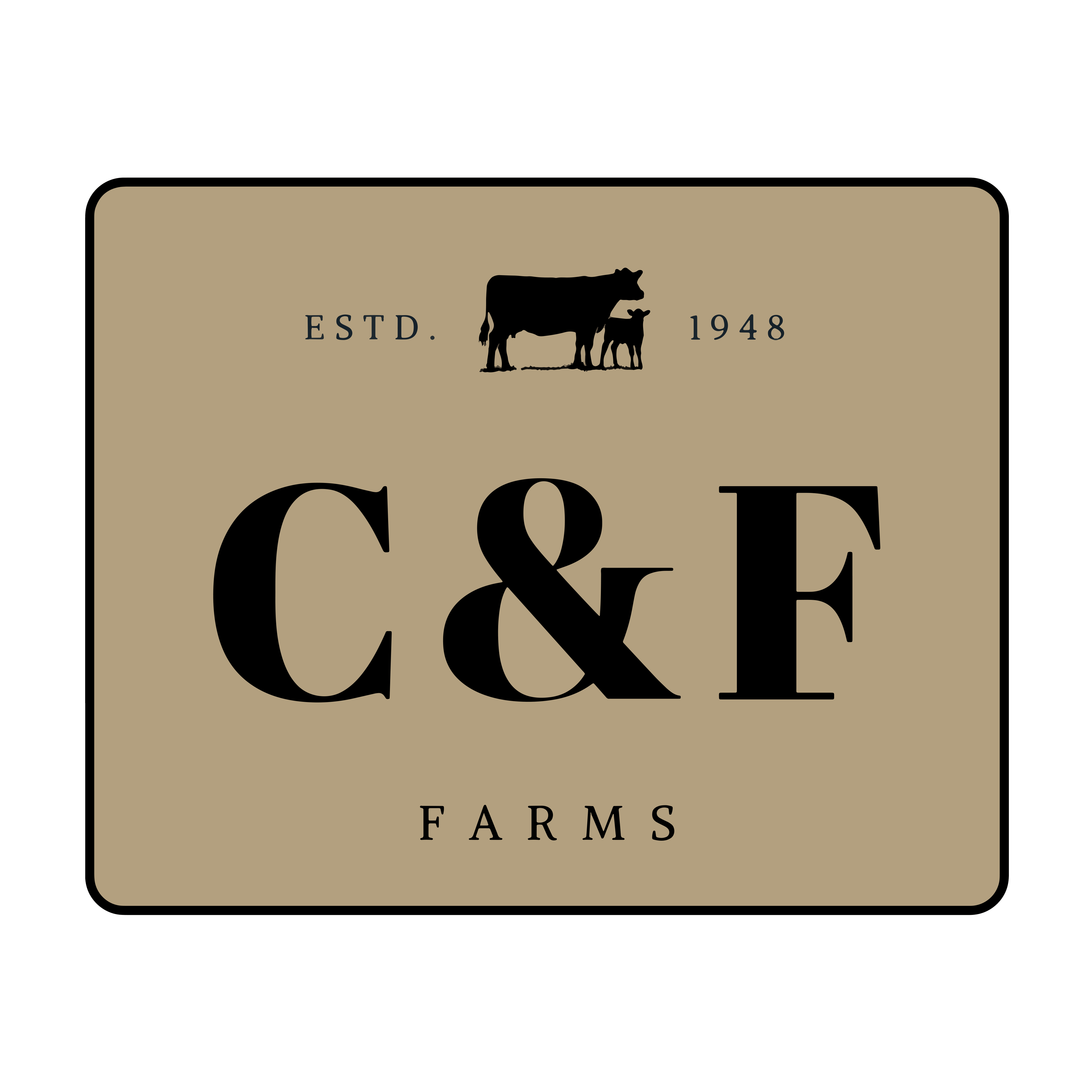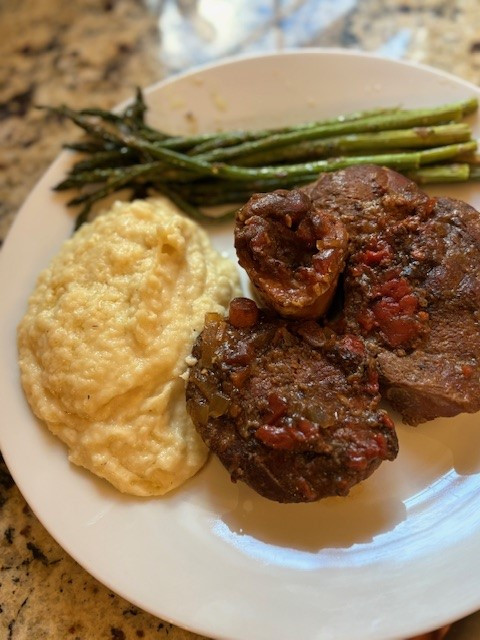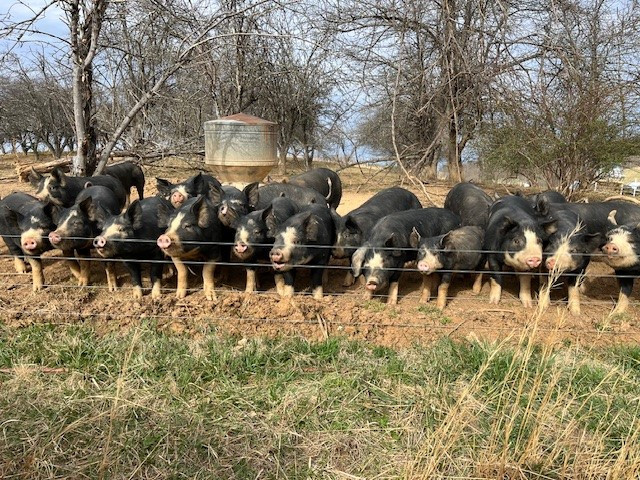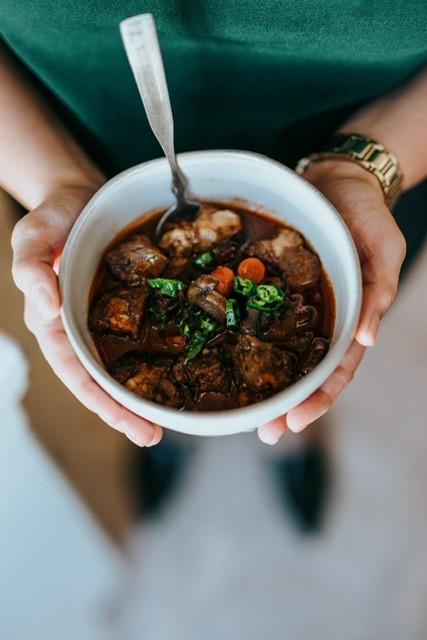Fighting Erosion, One Step (and Hoof) at a Time
When people think about farming, they usually picture animals and crops. But for us, it all starts with the land. Our land is more than just dirt under our boots — it’s the foundation of everything we do. It’s where our animals graze, where the roots hold tight, and where good food begins. So, taking care of it isn’t optional. It’s the whole job. On our farm, we follow regenerative practices because it’s the only way we know to leave the land better than we found it. And if there’s one thing we believe, it’s that better food starts with better soil. Healthy soil grows healthy grass. Healthy grass grows healthy animals. And healthy animals make for healthy people. Fighting Erosion, One Step (and Hoof) at a Time Let’s talk about something that doesn’t make the Instagram reels: erosion. It might not be flashy, but if you’ve ever watched your topsoil float away in a heavy rain, you know it’s serious. That rich, dark layer of earth? That’s where the magic happens. And once it’s gone, it’s gone. You can’t just go to Tractor Supply and buy more of it. That’s why our grazing practices are built around movement. We don’t leave animals in one spot for too long. We rotate them across the pasture, giving the land time to rest and recover. Those hooves work the manure into the soil, the grass gets a breather, and the root systems get stronger. It’s a win-win-win. Less bare soil means less erosion, and every time we move the herd, we’re actually helping the land regenerate. The Birds Are In On It, Too Our turkeys and chickens do their part, too. Their mobile shelters mean they’re always on fresh grass, and their manure is spread evenly behind them. Not only does this keep the birds healthy (and the meat even better), but it also helps nourish the soil instead of polluting it. Think of it like a slow-release fertilizer… with feathers. Roots and Resilience We also manage our pasture to keep living roots in the ground as long as possible. Bare soil is vulnerable soil — to wind, to water, to compaction, you name it. So, we graze in a way that encourages dense root systems and lush regrowth. Those roots? They’re the underground heroes. They hold everything in place and feed the soil microbes that turn organic matter into fertility. The result? Our land holds water better, resists erosion, and actually gets healthier year after year. What That Means for You All of that care and intention below the surface makes its way into the food we raise. It’s more nutrient-dense. It’s got better flavor. It supports local ecosystems instead of draining them. You can’t fake this stuff. There’s no shortcut. But when you take a bite of a steak, pork chop, or roast chicken raised on land this alive, you can taste the difference. This kind of farming doesn’t just grow food — it grows resilience. It builds up instead of breaking down. And around here, that’s the kind of legacy we’re working toward.










